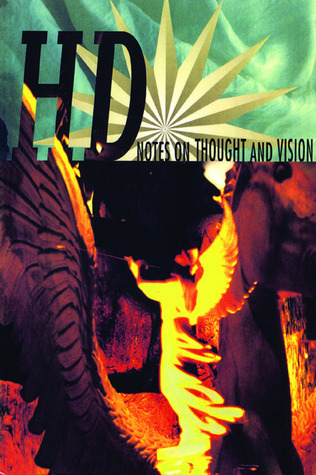What do you think?
Rate this book


72 pages, Paperback
First published January 1, 1982
For me, it was the birth of my child that the jelly-fish conciousness seemed to come definitely into the field or realm of the intellect or brain.In a later essay, she talks about Sappho. It's good, but the language is a bit more dense and hard to parse, and I really don't care about Sappho as much.